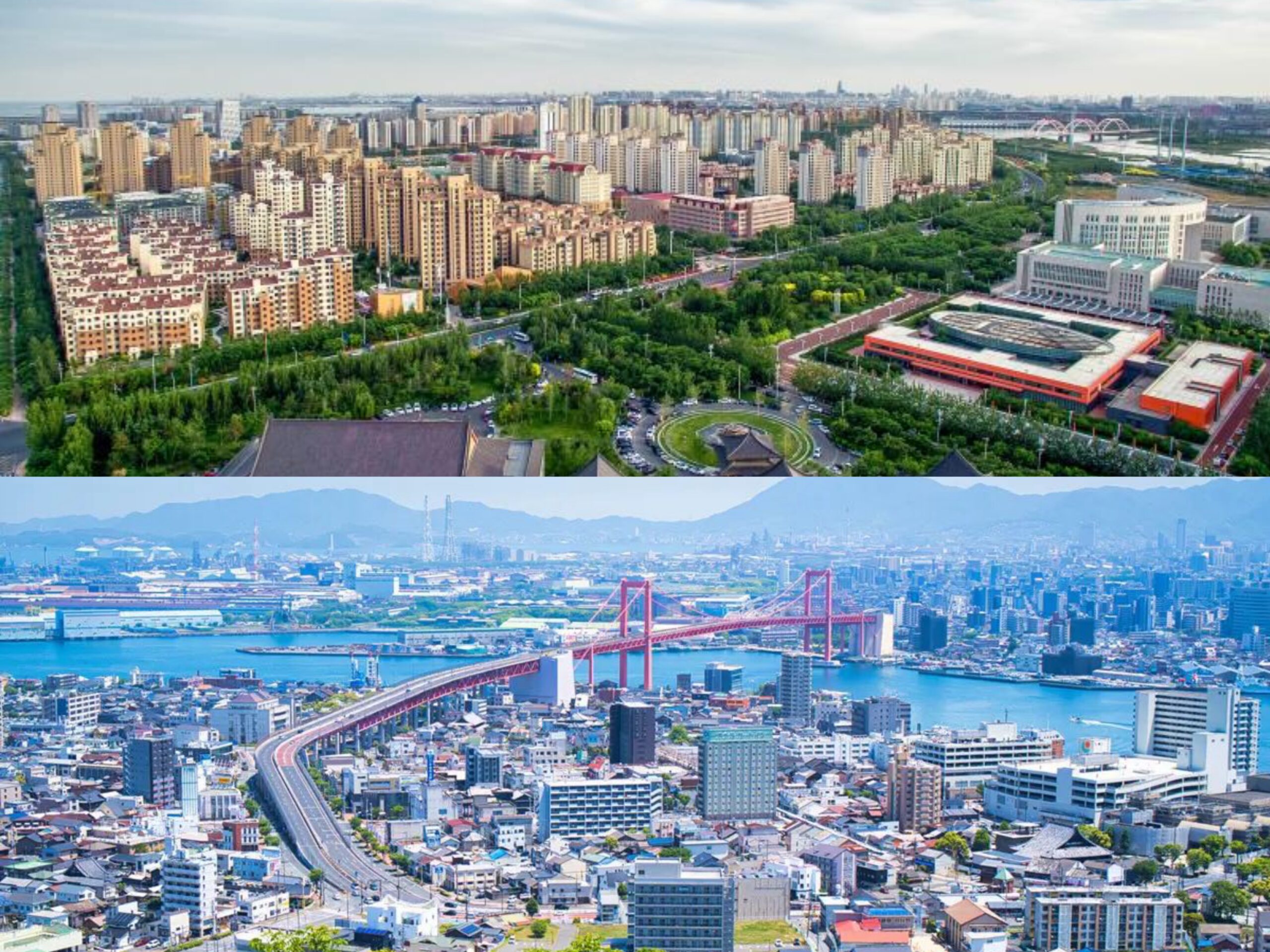Eco-Cities in East Asia: Lessons from Kitakyushu and Tianjin

As the urgency of climate action rises, cities around the world are exploring paths to sustainability. A comparative study of Kitakyushu (Japan) and Tianjin Eco-City (China) sheds light on two distinct approaches to building “eco-cities” in East Asia.
Kitakyushu, once known for its industrial pollution, has transformed into a model eco-city through gradual redevelopment and strong community participation. Its strategy emphasizes retrofitting existing urban areas, enhancing public transport, and fostering a culture of environmental stewardship. Governance is highly collaborative, involving local authorities, businesses, and residents. The city’s achievements include impressive reductions in air and water pollution and a shift toward renewable energy and circular economy principles.
By contrast, Tianjin Eco-City was developed as a flagship project of China’s top-down planning model. Built from scratch on reclaimed industrial land, it focuses heavily on green buildings, advanced technologies, and large-scale infrastructure. While its KPI system covers environmental, economic, and social goals, the development has faced challenges such as limited community engagement and questions about long-term social sustainability.
The study highlights key differences: Japan’s eco-city model is incremental and deeply embedded in local governance and citizen participation, while China’s approach is ambitious, technology-driven, and state-led. Both models have strengths—Japan’s in governance and grassroots involvement, China’s in rapid infrastructure development—but each also reveals limitations.
This comparison offers valuable insights: eco-city success relies not only on green technologies but also on inclusive governance and social cohesion. As more cities strive for sustainability, the balance between hardware (infrastructure) and software (community and governance) will be crucial in building truly resilient and livable urban environments.
Reference: Lin, Z., 2018. Ecological urbanism in East Asia: A comparative assessment of two eco-cities in Japan and China. Landscape and Urban Planning, 179, pp.90-102.



